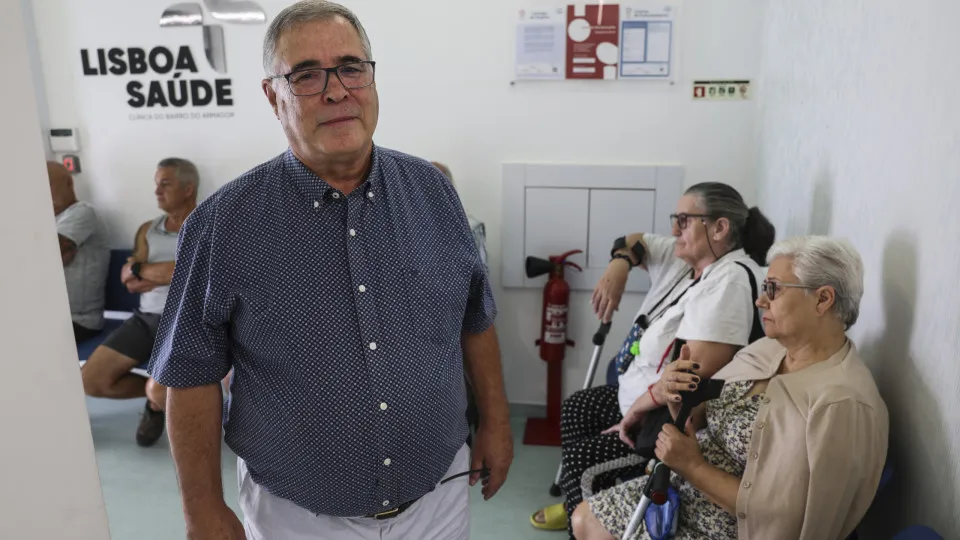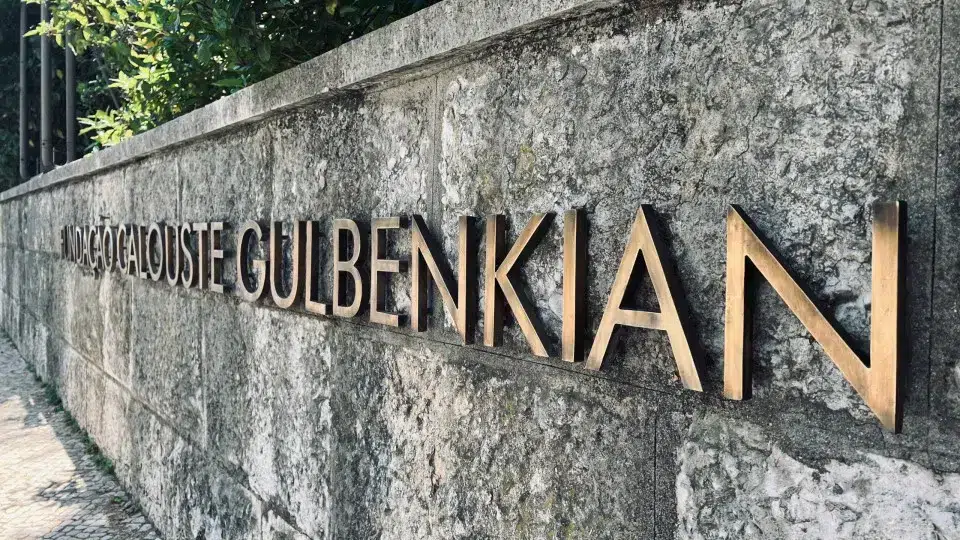
“It’s a little treat for them,” admits 68-year-old Matilde Correia, wearing a blue dress and a smile as she carries a pot of cachupa for the healthcare professionals at the first proximity clinic to open in Lisbon, located in Marvila.
She comments that the neighborhood needed this facility, which opened in March of the previous year, bringing “everything good.”
“It’s nearby, we’re in the neighborhood, which has many elderly, many sick people, so I’m very happy.”
Her satisfaction is displayed with a pot of good food, but others also bring freshly made rice pudding.
The clinic is situated in the heart of Bairro do Armador, Marvila, a neighborhood of about 3,600 residents with a great ethnic and cultural diversity, and includes municipal housing, housing cooperatives, private housing, and gated communities.
Data indicate that more than half of those registered at the local health center do not have an assigned family doctor, making the clinic’s opening a light at the end of the tunnel for those who, burdened with illness, had hospital emergency rooms as their only option.
“We have no scheduling issues. We usually secure an appointment within 10 days. Access here is very easy,” notes João Carmona, the physician responsible for general practice consultations, emphasizing that without this support, many people would end up in emergency rooms, as the primary care system of the National Health Service cannot cater to all needs.
Following this clinic, a project by the local government involving the city’s social services and the company Gebalis, another clinic was opened in Alta de Lisboa, an area where almost two-thirds of the population lack an assigned family doctor.
The range of services is similar: general practice, nursing, and nutrition consultations.
The physician responsible for the clinic in Alta de Lisboa expresses her passion for the project, emphasizing that it allows her to serve a population that, without a family doctor, bears a significant disease burden that requires attention and follow-up.
“These people need help, they have hypertension, diabetes, etc. (…) They need assistance, medication, tests and had nothing,” she states, noting that the proximity clinic offers an opportunity to aid the community.
She reveals that when necessary, patients are referred to emergency services: “I have had instances where I needed to call emergency services (INEM). But usually, we can address issues here.”
The doctor, who came from the Santa Casa da Misericórdia, remarks on the community’s gratitude: “These people didn’t even have a doctor to prescribe medication.”
She argues that this kind of response should expand, reminding that much of the population in Alta de Lisboa needing assistance falls outside the clinic’s coverage area.
In the waiting room, 91-year-old Clarice Botelho awaits her turn. Since her family doctor retired, she had no support. She describes this clinic as a “heaven-sent” solution.
Augusta Reais, aged 82, also lost her family doctor upon retirement. Walking slowly with a walker, she enters the nurse’s office, lamenting: “I had to go to the pharmacy to check my blood pressure and buy medications [requiring a prescription]… this clinic is a heaven-send, as that lady said.”
With mobility challenges, she states that without this service, she would need to call a taxi to get to the emergency room.
Nearby, nurse Marlene Brito attentively listens, confirming that without this care, these individuals would overburden the emergency departments.
She emphasizes the importance of preventive health work and promoting wellness, highlighting that continuous care can slightly improve community health.
“Since we work in a complementary way, we end up reducing the burden on the National Health System,” she states, stressing the necessity of keeping patients engaged to prevent health deterioration.
Nutrition consultations are also part of the effort to manage patients’ health. More than weight loss programs, these sessions aim to “educate about eating.”
“Chronic diseases like obesity, diabetes, and hypertension are most prevalent,” confesses nutritionist Margarida Bento, emphasizing diet’s role in managing some conditions.
She acknowledges the importance of “educating people that healthy eating can be affordable and simple,” noticing that some patients’ analysis results have already improved.
The specialist recounts her most challenging case: “During the appointment, I realized [the patient] could not read or write.”
“It could have been the perfect [diet] plan, but what’s the use if the person couldn’t read it? I had to adapt using images and diagrams. Overcoming such challenges is very rewarding,” she shares.
In the waiting area, cancer patient Maria de Fátima Tomás recounts how these consultations allowed her to bypass the waitlist in the National Health Service. She underwent surgery a year ago and initially visited this clinic to remove stitches. That’s when she became aware of the nutrition consultations.
“I registered and started attending here. I lost a lot of weight while waiting for an appointment at Santa Maria Hospital,” she recalls, satisfied that she also finds solutions in general practice here.
For over five years, she was without a family doctor. She was eventually assigned one. “But it was in Sete Rios. Here, appointments are right next to my home.”




